Name Mariano Llanera | ||
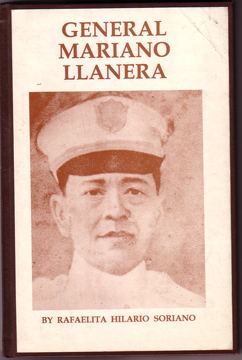 | ||
Battles/wars Philippine RevolutionPhilippine-American War Battles and wars | ||
Heneral Mariano Llañera - Nueva Ecija 1(7-Ruby)
Mariano Nuñez Llanera (1855-1942) of Cabiao, Nueva Ecija. He was a Filipino General who fought in the provinces of Bulacan, Tarlac, Pampanga, and Nueva Ecija. He is one of the three Fathers of The Cry of Nueva Ecija, along with Pantaleon Valmonte and Manuel Tinio.
Contents
- Heneral Mariano Llaera Nueva Ecija 17 Ruby
- Early life
- Philippine Revolution
- Philippine American War
- Death and legacy
- References
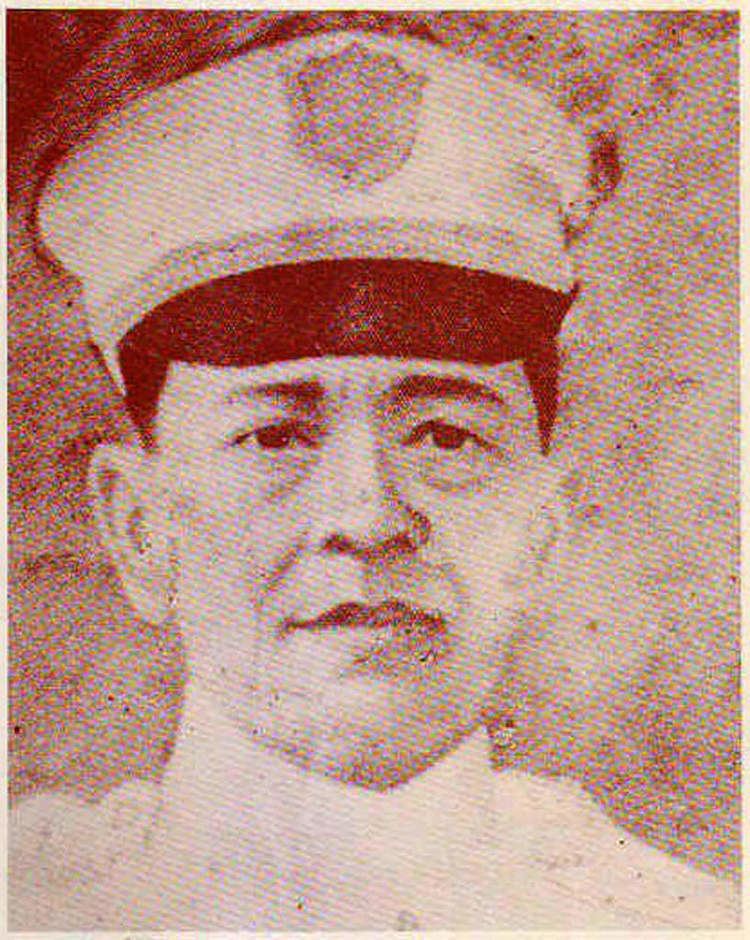
The 1896 revolutionary battle of Nueva Ecija is called Cry of Nueva Ecija - Cabiao, Nueva Ecija.
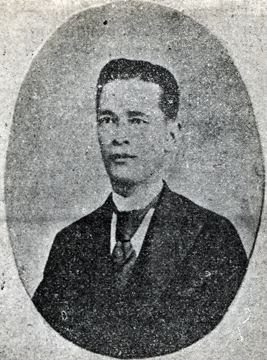
The battle was fought and assisted by General Manuel Tinio of Licab, Nueva Ecija who was commissioned a brigadier general by Emilio Aguinaldo at age 20, and Alipio Tecson - Colonel Alipio Tecson of Cabiao, Nueva Ecija who later become Brigadaire General after his exile in Guam, 1901 and Mayor or Gobernadocillo of Cabiao.
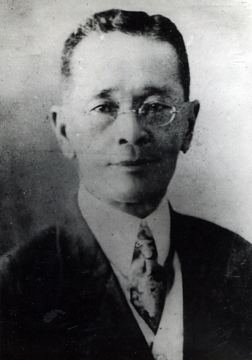
Early life

Llanera studied at the Colegio de San Juan de Letran. He then became a Cabeza de barangay and later, a Gobernadorcillo for two terms in the town of Cabiao. He married his first wife, Salome Siao-Paco, in 1877.
Philippine Revolution
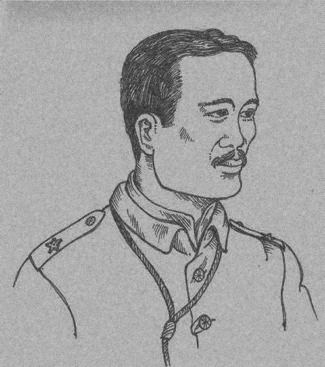
As soon as the news about the Revolution reached Nueva Ecija and Bulacan, men were mobilized on September 1, 1896. Among the leaders were Mariano and his son Eduardo Llanera, Mamerto Natividad, Alipio Tecson and Manuel Tinio. Llanera used his own flag: a dull-looking black flag, with the single white letter K and the skull and crossbones symbol. It was said that Andrés Bonifacio himself ridiculed the flag and called it Llanera's Skull.
Llanera gathered with him around 3,000 men, including Tinio and his men, mostly armed with bolos, and bamboo spears. Only few had guns. Of the 3,000 who volunteered, 500 determined men were chosen for the attack. Led by a brass band of Cabiao named Banda Makabayan De Cabiao, the force came in two separate columns from Cabiao and Gapan City and converged in Sitio Pulu, which was 5 kilometers from San Isidro. Despite having only 100 rifles, the rebels furiously held siege the Spaniards in the Casa Tribunal, the arsenal, and other government buildings. Capt. Joaquin Machorro, commander of the Guardias Civiles, was killed on the first day of battle. The Spanish authorities hastily organized a company of 200 armed civilian Spaniards and mercenaries the following day and attacked the overconfident insurgents, driving the latter away from the government center. The next day, more Spanish reinforcements arrived. It forced the poorly armed rebels to retreat, leaving behind 60 dead. The Spaniards went in hot pursuit of the insurgents, forcing those from Cabiao to flee to Pampanga, and those from Gapan to hide in San Miguel de Mayumo in Bulacan - San Miguel, Bulacan. The insurgents from San Isidro fled across the river to hide in Jaen, Nueva Ecija. The relatives of those who were recognized were driven away from their homes by the colonial authorities. The Spaniards’ relentless pursuit of the rebels forced them to disband and go into hiding until January 1897. After Bonifacio's death in May 1897, he was designated Lieutenant General. He was with Emilio Aguinaldo when the latter, along with 35 more revolutionaries, was exiled to Hong Kong on December 23, 1897 in accordance to the Pact of Biak-na-Bato.
Philippine-American War
When the Philippine-American War broke out, he was in the Philippines and was assigned by Gen. Antonio Luna as Lieutenant General in Manila. On February 23, 1899, Llanera and his troops was with Luna's forces when the latter staged a counterattack in Caloocan to prevent the Americans from invading further north. The counterattack, however, was only partly successful because the Kawit battalion refused to move. Llanera was later caught by the Americans during the same year. He was deported to Guam on January 16, 1901 with Artemio Ricarte and 30 more military officers of the Revolution. He returned to the Philippines in February 1903 in response to the demand of the people of the United States.
Death and legacy
In 1919, he married his second wife, Feliza Balajandia. He died in his hometown (Cabiao) on September 19, 1942. The General Llanera Memorial Lodge No. 168, established in 1963 at Gapan City, was named in honor of him. The General Mariano Llanera Day, a commemoration of Llanera's attack against the Spaniards on September 2, 1896, was celebrated in Nueva Ecija - Cry of Nueva Ecija.
